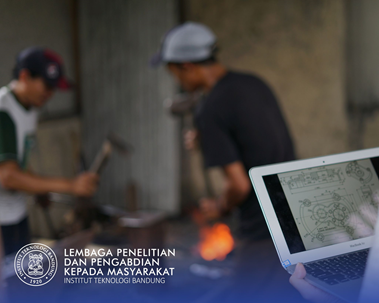

Wijoyo Niti Daton
In the oil and gas industry, there are two methods commonly used to produce reservoir fluids to the surface, the natural flow method and the artificial lift method. The well can produce naturally flow if the reservoir pressure is higher than the well bottom flow pressure so that it can push reservoir fluid to the surface. But over time the reservoir pressure will decrease so that it is no longer able to lift the reservoir fluid naturally to the surface and eventually the natural spray will stop production. In this condition an artificial lift method is needed to encourage the fluid and optimize production again. Artificial lifting methods that are widely used in the petroleum industry are sucker rod pumps (SRP), hydraulic pumping units (HPU), electric submersible pumps (ESP), progressive cavity pumps (PCP), gas lifts, and plunger lifts. The appointment method that will be discussed in this final project is a progressive cavity pump. This lifting method using PCP uses a screw type pump consisting of a spiral-shaped rotor, and a stator that is also spiral-shaped inside, but is designed to have a spiral pitch that is 2 times larger than the rotor pitch. PCP works by applying additional pressure to the reservoir fluid so that it can flow to the surface. In PCP planning, productivity of wells is very influential because the rate of production of the fluid will have an impact on the choice of pump type and size. This is because each pump has different production capacities depending on the type and size of the pump. The use of PCP, although it can be considered as a solution for marginal fields with various production problems, still requires further modeling so that various optimizations and cost efficiency improvements can be carried out.
Penerapan Karya Tulis
An artificial lift method is needed to encourage the fluid and optimize production again.